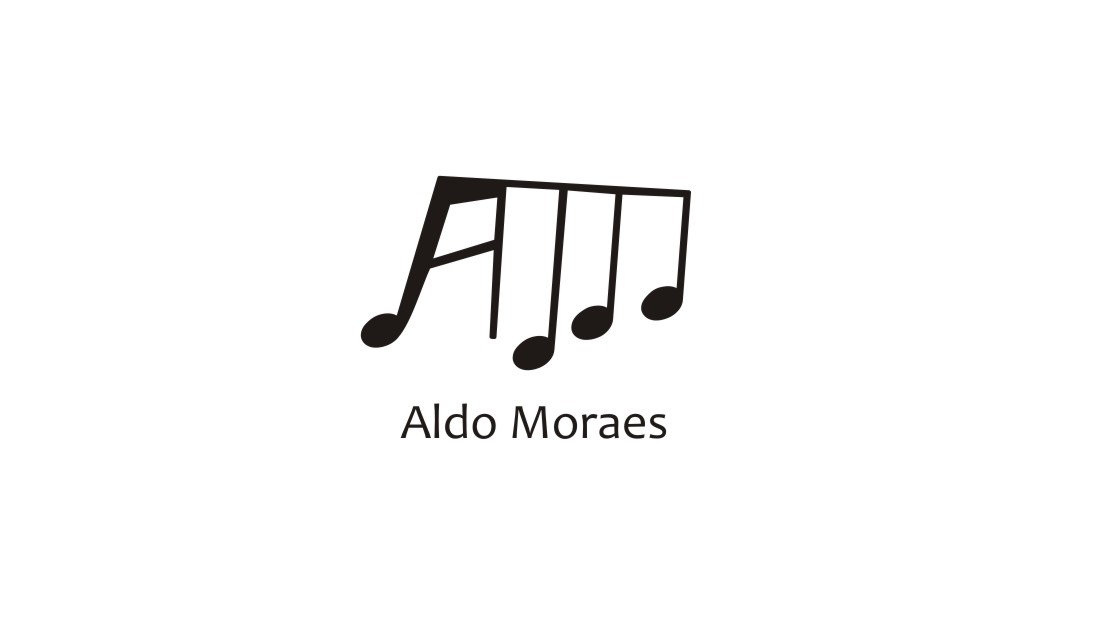ARTICLE ” PETER MIEG AND THE NEO-CLASSIC STYLE”
In 2002, I made an extensive study of the painter, writer and composer Peter Mieg, to write " Ballade pour Peter Mieg " to commemorate the 100th anniversary of birth of the greatest classical musician of Switzerland. The funny thing is that I compose, I stopped at the only play written by the composer for classical guitar and from a stretch, I wrote the ballade, which is still very welcomed there.
But his work is vast and of great quality. In a century marked by avant-garde experimentalism, the Swiss composer chose the renewal of classicism, which suggests a balance between topics, between the instruments and rhetoric of dualities and sound clashes.
I hear enough Mieg parts for string orchestra, string solos (violin and cello) with chamber orchestra and symphony orchestra, and lately I've been delighted with his two concertos for piano and orchestra. These works (and I have the scores) were re-released by the Foundation that bears his name in CD whose original array is 1967.
The music of Peter Mieg is refined, elegant, well-themed and built on, well resolved (melody and harmony). Resemble their own watercolors that are a charming simplicity and beauty, but that surprise by a dash of detail or color. Mieg's music is also surprising, but rather a renewal of classicism (the so-called neo classicism, the Russian Sergei Prokofiev and Igor Strawinski also adopted) by including elements of jazz, atonality of circumstantial and temporary, intermediate and final resolutions innovative and unusual use of instruments in the orchestral palette.
This might explain the work of youth Mieg, which belongs to another time, but it sounds fresh and renewed the ears of the century and that remains as well settled modern view about the time of Haydn, Mozart and Beethoven. The 1st Concerto for piano and orchestra is from 1947 and the second date of 1961.
The music of Peter Mieg need urgent assessment because it is far superior to the trials of the century that has vacancies and how little he contributes to the entry of newcomers to the classical universe. Mieg is a great composer and wrote for many different formations.
( Wrote for Aldo Moraes, on 1996)





